ESP32 vs. STM32: How to Choose the Right Microcontrollers
In the dynamic realm of embedded systems, the decision between microcontrollers plays a pivotal role in determining the success of a project. ESP32 and STM32 emerge as robust contenders, presenting distinctive features and capabilities. Despite both bearing the 32-bit denomination, questions arise regarding their relationship, performance differentials, and which one excels in specific aspects. This article provides a comprehensive comparison guide for ESP32 and STM32 microcontrollers, including a comparison of the features, Arduino, advantages & disadvantages and more details.
Overview of ESP32
ESP32 is a cost-effective, energy-efficient system-on-a-chip microcontroller featuring integrated Wi-Fi and dual-mode Bluetooth capabilities. Within the ESP32 series, one encounters the utilization of a Tensilica Xtensa LX6 microprocessor, available in both dual-core and single-core variations, along with an Xtensa LX7 dual-core microprocessor or a single-core RISC-V microprocessor. These microcontrollers encompass essential components such as built-in antenna switches, RF balun, power amplifiers, low-noise receive amplifiers, filters, and power management modules. Originating from Espressif Systems, a Shanghai-based Chinese company, ESP32 undergoes manufacturing by TSMC utilizing a 40 nm process, serving as a successor to the ESP8266 microcontroller.
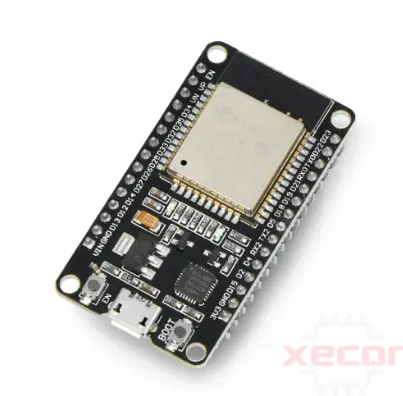
Overview of STM32
STM32 represents a collection of microcontroller ICs rooted in the 32-bit RISC ARM Cortex-M3 3F, Cortex-M7F, Cortex-M4F, Cortex-M3, Cortex-M0+, and Cortex-M0 cores. STMicroelectronics procures the ARM Processor IP under license from ARM Holdings. The ARM core designs come with many configurable options, and ST customizes the configuration for each design. ST incorporates its peripherals into the core before transforming the design into a silicon die. The subsequent tables offer a concise overview of the various STM32 microcontroller families.
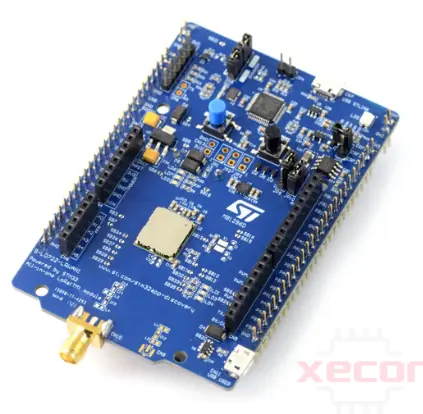
ESP32 vs. STM32: Features
Features of ESP32
The ESP32 encompasses the following features.
Processors:
- CPU: Xtensa dual-core (or single-core) 32-bit LX6 microprocessor, with operation at 160 or 240 MHz and performance reaching up to 600 DMIPS.
- Ultra-low-power (ULP) co-processor.
- Memory: 320 KiB RAM, 448 KiB ROM.
Wireless Connectivity:
- Wi-Fi: 802.11 b/g/n.
- Bluetooth: v4.2 BR/EDR and BLE (shares the radio with Wi-Fi).
Peripheral Interfaces:
- 34 × programmable GPIOs.
- 12-bit SAR ADC supporting up to 18 channels.
- 2 × 8-bit DACs.
- 10 × touch sensors (capacitive sensing GPIOs).
- 4 × SPI.
- 2 × I²S interfaces.
- 2 × I²C interfaces.
- 3 × UART.
- SD/SDIO/CE-ATA/MMC/eMMC host controller.
- SDIO/SPI slave controller.
- Ethernet MAC interface with dedicated DMA and planned IEEE 1588 Precision Time Protocol support.
- CAN bus 2.0.
- Infrared remote controller (TX/RX, supporting up to 8 channels).
- Motor PWM.
- LED PWM (up to 16 channels).
- Hall effect sensor.
- Ultra-low-power analog pre-amplifier.
Features of STM32
The STM32 F4 boasts the following features:
Core:
ARM Cortex-M4F core with a maximum clock rate of 84 / 100 / 168 / 180 MHz.
Memory:
- Static RAM includes up to 192 KB general-purpose, 64 KB core-coupled memory (CCM), 4 KB battery-backed, and 80 bytes battery-backed with tamper-detection erase.
- Flash comprises 512 / 1024 / 2048 KB general-purpose, 30 KB system boot, 512 bytes one-time programmable (OTP), and 16 option bytes.
- Each chip is equipped with a factory-programmed 96-bit unique device identifier number.
Peripherals:
- Common peripherals present in all IC packages encompass USB 2.0 OTG HS and FS, two CAN 2.0B, one SPI + two SPI or full-duplex I²S, three I²C, four USART, two UART, SDIO for SD/MMC cards, twelve 16-bit timers, two 32-bit timers, two watchdog timers, temperature sensor, 16 or 24 channels into three ADCs, two DACs, 51 to 140 GPIOs, sixteen DMA, improved real-time clock (RTC), cyclic redundancy check (CRC) engine, and random number generator (RNG) engine. Larger IC packages incorporate 8/16-bit external memory bus capabilities.
- The STM32F4x7 models introduce Ethernet MAC and camera interface.
- The STM32F41x/43x models integrate a cryptographic processor for DES / TDES / AES and a hash processor for SHA-1 and MD5.
- The STM32F4x9 models feature an LCD-TFT controller.
Oscillators:
Internal oscillators include 16 MHz and 32 kHz, with optional external oscillators ranging from 4 to 26 MHz and 32.768 to 1000 kHz.
IC Packages:
WLCSP64, LQFP64, LQFP100, LQFP144, LQFP176, UFBGA176. STM32F429/439 also offers LQFP208 and UFBGA216.
The operating voltage range spans from 1.8 to 3.6 volts.
ESP32 vs. STM32: Arduinos
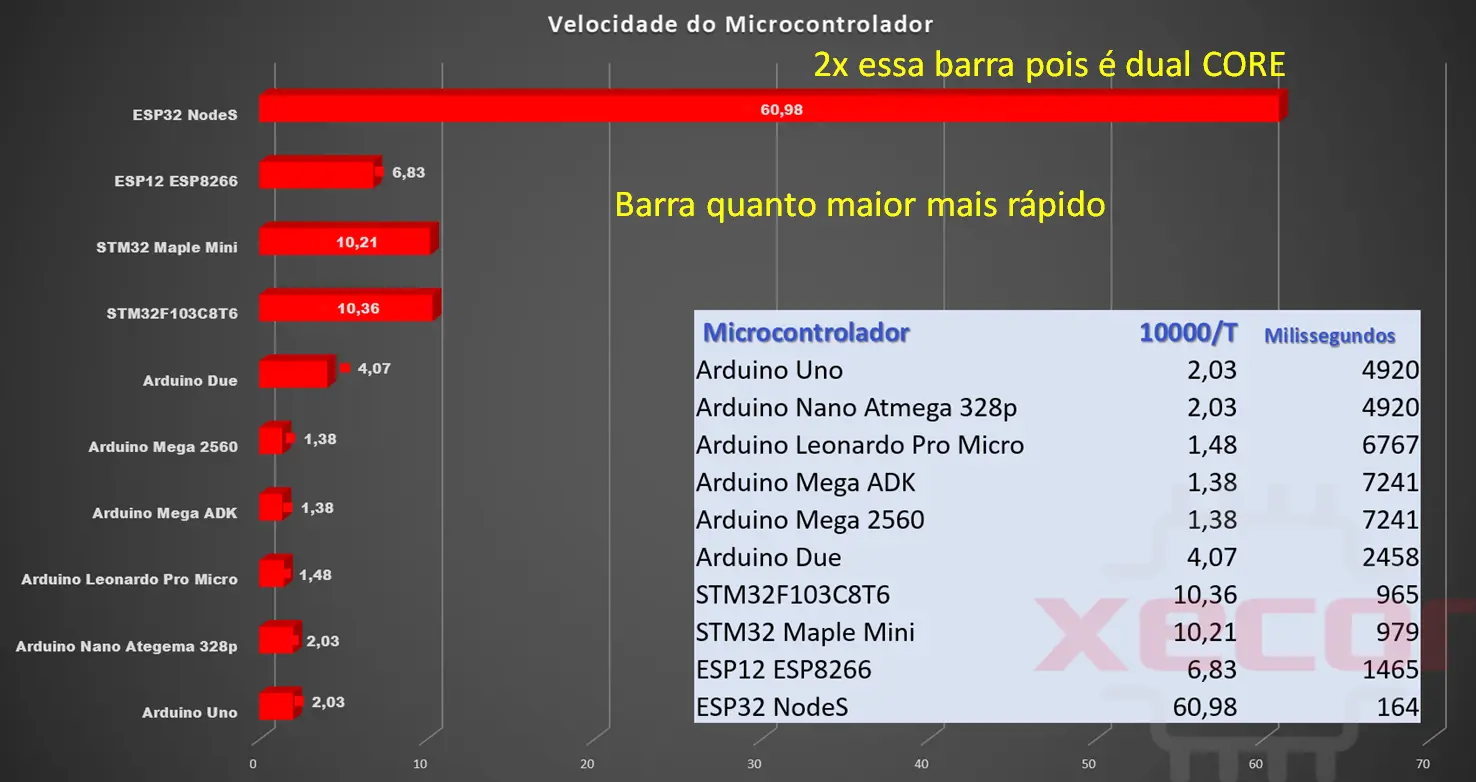
Executing the loop one million times and examining the milliseconds each microcontroller consumes for such operations. The provided table indicates that the Arduino Uno completed the task in 4.920 milliseconds, whereas the ESP32 accomplished it in just 164 milliseconds.
ESP32 vs. STM32: Advantages and Disadvantages
ESP32 Advantages and Disadvantages
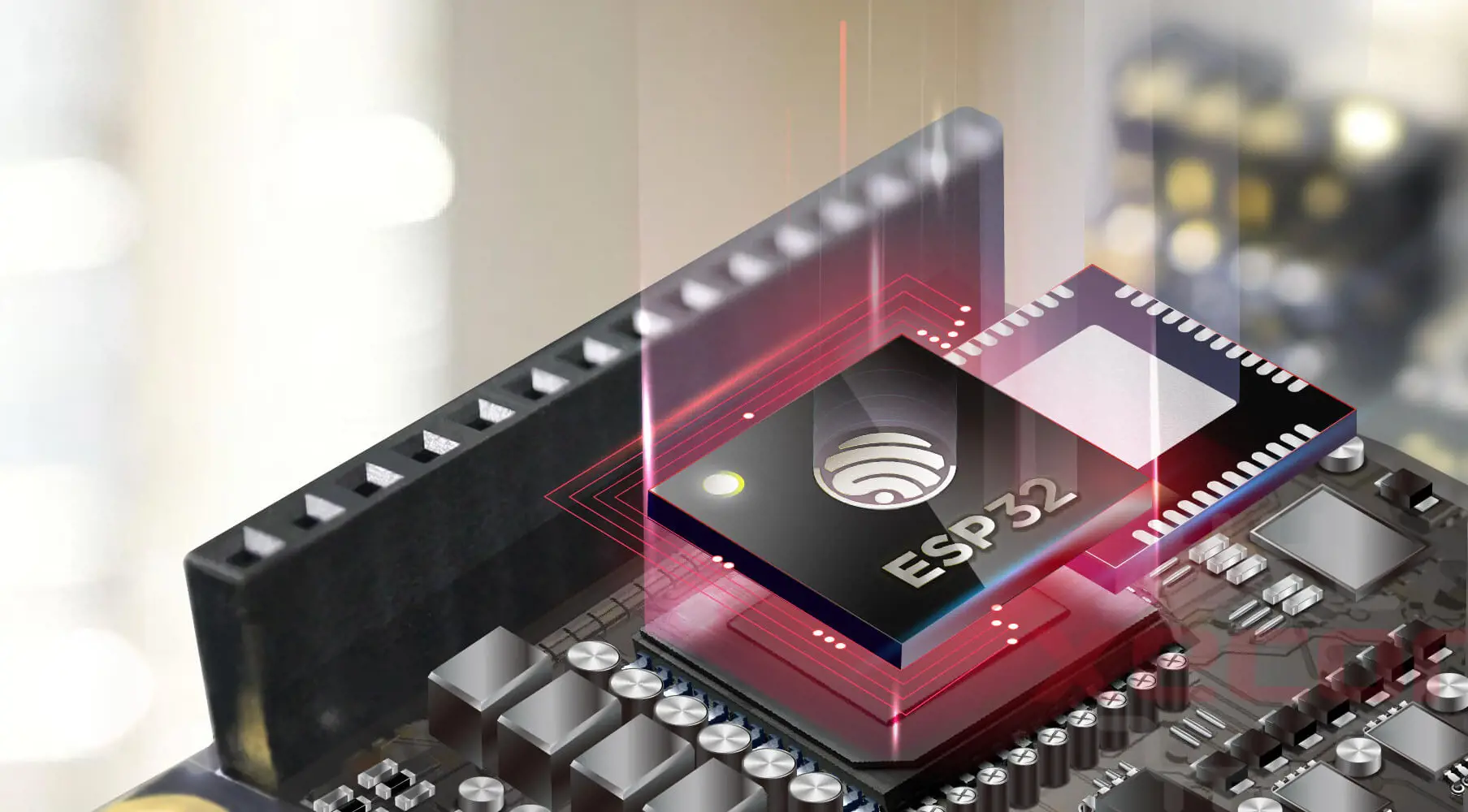
Advantages
- Versatility: Demonstrates outstanding performance in the Internet of Things (IoT), ensuring a balance between effectiveness and cost-efficiency.
- Cost Efficiency: The ESP32 stands out for its ability to keep overall development costs low while delivering impressive performance.
- Arduino Compatibility: Support from Arduino diminishes programming complexities, and a resilient open-source community expedites the development process.
- Integrated Bluetooth and Wi-Fi: Incorporating Bluetooth and Wi-Fi modules negates the necessity for extra components, leading to cost savings.
- Dual-core Processing: Featuring a dual-core processor, the ESP32 facilitates multi-threaded real-time processing, enhancing both system performance and responsiveness.
- High Main Frequency: Operating at a main frequency of up to 240MHz enables swifter processing and increased computing capabilities.
- Hardware Debugging Convenience: Debugging at the hardware level is notably straightforward, streamlining the overall development procedure.
Disadvantages
- Restricted Pin Count: The ESP32 is equipped with limited pins, rendering it less ideal for projects demanding an extensive array of IO ports.
- Challenging Debugging Tool Chain: The debugging toolchain is intricate, demanding a profound understanding of command-line tools and compilation procedures.
- Prolonged Compilation Time: The compilation process is slower than certain alternative solutions.
- Debugging Complications: Debugging tends to be intricate, and constraints exist associated with software breakpoints.
STM32 Advantages and Disadvantages
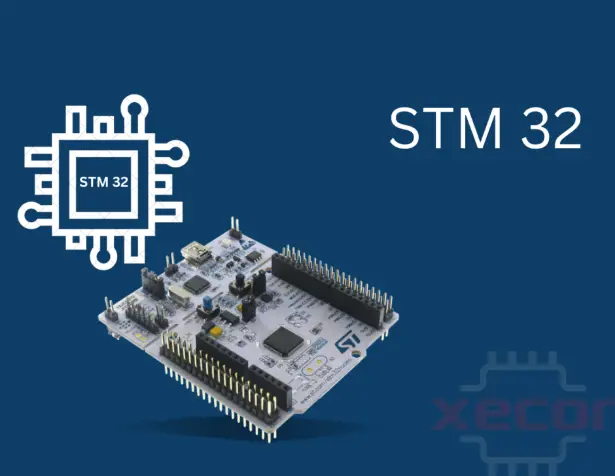
Advantages
- Versatile Applications: Demonstrates outstanding performance in industrial sectors, ensuring high reliability.
- Diverse Communication Interfaces: The STM32 offers a range of communication interfaces (USART, I2C, SPI, CAN, Ethernet) to accommodate various communication requirements.
- Abundant GPIOs: Boasting numerous GPIO ports, it is well-suited for managing multiple peripherals and devices.
- Comprehensive Timer and Interrupt System: The STM32 features an extensive timer and interrupt system, supporting intricate logic control.
- Multi-channel ADC and DAC Functions: Facilitates complex system control by providing multi-channel ADC and DAC functions, catering to sensor data and analogue outputs.
- RTOS Support: Capable of running real-time operating systems such as FreeRTOS and RT-Thread, making it suitable for managing complex system control.
- Varied Peripheral Interfaces: Supports the connection of SD cards, LCD screens, cameras, and other peripherals, including USB functionality.
Disadvantages
- Escalating Costs: The prices of STM32 have been rising, resulting in elevated overall costs.
- Steep Learning Curve: Initiating work with STM32 is comparatively challenging, with a steep learning curve.
- Elevated Hardware Debugging Expenses: Although the debugging toolchain is straightforward, the costs associated with hardware debugging may be higher.
- Efficiency in Compilation and Burning: Compilation and burning efficiency are relatively suboptimal.
In the era of IoT, the ESP32 stands out with notable advantages, particularly in terms of cost-effectiveness and functionality. Meanwhile, the STM32 maintains a robust presence in traditional embedded systems, proving especially effective for projects demanding heightened performance and intricate control. The specific requirements of the application should guide the choice of microcontroller, the project's complexity, and the developer's experience level.
ESP32 vs. STM32: Which one is Better?
ESP32 stands out in IoT applications due to its affordability, commendable performance, vibrant open-source community, and aptness for swift development. Conversely, STM32 commands the industrial sector with robust stability, catering to intricate systems and scenarios demanding high reliability.
The selection between ESP32 and STM32 hinges on the developer's technical expertise, project requisites, and the application's particular needs. ESP32 proves optimal for novices and IoT ventures, while STM32 suits seasoned engineers and industrial control applications.
ESP32 vs. STM32 Comparison Table
| Criteria | ESP32 | STM32 |
| Advantages | ||
| Applicable Fields | Excellent performance in IoT, high cost-effectiveness | Excellent performance in industrial fields, high reliability |
| Cost Advantage | Low overall development cost, affordability with good performance | Rising prices, higher relative costs |
| Arduino Environment Support | Reduces programming difficulty, strong open-source community | Relatively difficult to get started, steep learning curve |
| Built-in Bluetooth and Wi-Fi | Integration of Bluetooth and Wi-Fi, reduces additional module costs | - |
| Dual-core Processor | Supports multi-threaded real-time processing | - |
| High-speed Main Frequency | Up to 240MHz, faster processing and higher computing power | - |
| Pure Hardware Debugging | Relatively easy hardware debugging, simplifies development | Simple debugging tool chain, but higher hardware debugging costs |
| Disadvantages | ||
| Limited Number of Pins | Relatively small number of pins, less suitable for projects with numerous IO ports | - |
| Complex Debugging Tool Chain | Complex tool chain, requires in-depth knowledge of command-line tools and compilation processes | - |
| Slow Compilation Process | Slower compilation process compared to some alternatives | Efficient compilation, but rising prices |
| Debugging Complexity | Relatively complex debugging, limitations to software breakpoints | Simple debugging tool chain, but higher hardware debugging costs |
| Compilation and Burning Efficiency | - | Efficient compilation and burning |
Why ESP32 is suitable for students
1. Cost-Effectiveness
- Affordability: ESP32's cost-effectiveness makes it an ideal choice for student groups facing budget constraints.
- Performance: Despite its economical pricing, ESP32 delivers competitive performance, offering students a potent yet budget-friendly platform for learning embedded development.
2. Breadth of Application Scenarios
- IoT Focus: ESP32's specialized emphasis on IoT and Wi-Fi control simplifies its utilization for students, prioritizing pertinent technologies without introducing undue complexity.
- Learning Suitability: The targeted application scenarios align closely with educational objectives, enabling students to comprehend IoT concepts more effectively.
3. Tool Chain Completeness
- Arduino IDE Support: ESP32's compatibility with the Arduino IDE reduces the entry barrier for students, streamlining the learning process.
- Streamlined Development: While STM32 provides a broader array of development environments, ESP32's Arduino support offers students a simplified and beginner-friendly approach.
4. Developer Community
- Abundant Resources: Although not as extensive as STM32's, the ESP32 community rapidly expands, furnishing valuable resources and forums for student inquiries.
- Educational Resources: A wealth of online tutorials and learning materials contributes to a supportive learning environment for students.
5. Reliability and Stability
- Learning Emphasis: While STM32 may excel in reliability, ESP32's reliability is deemed sufficient for the learning phase, concentrating on core concepts without introducing unnecessary complexity.
- Optimal Learning Environment: A balanced blend of reliability and complexity ensures an ideal learning environment for students, avoiding unnecessary challenges.
6. Peripheral Support
- Adequate for Learning: ESP32's peripheral support, though not as extensive as STM32, proves adequate for introductory and intermediate-level learning scenarios.
- IoT Relevance: The emphasis on peripherals and interfaces relevant to IoT applications aligns with the educational focus.
7. Compatibility
- Flexible Learning: ESP32's hardware compatibility, though not as expansive as STM32, offers sufficient flexibility for educational purposes.
- Learning Goals Alignment: The narrowed compatibility scope aligns with learning goals, preventing unnecessary complexities for students.
8. ADC/DAC Accuracy
- Precision in Learning: While STM32 may provide higher ADC/DAC accuracy, ESP32's capabilities suit most student projects and learning objectives.
- Balancing Complexity: The focus is on balancing essential features without overwhelming students with advanced functionalities.
9. Digital Signal Processing and Timers
- Learning Foundation: ESP32's capabilities in these areas provide students with a foundational understanding of digital signal processing and timing.
- Progressive Learning: While not as advanced as STM32 in these aspects, it allows for a gradual progression in learning complexity.
ESP32's suitability for student groups is underscored by its cost-effectiveness, simplified learning environment, and alignment with IoT-focused educational objectives. While it may not supplant STM32 in diverse application scenarios, it is an ideal platform for students to grasp embedded development concepts and gradually explore more advanced microcontrollers as they progress in their studies. The choice between ESP32 and STM32 hinges on specific learning goals, application scenarios, and the educational approach instructors adopt.
ESP32 vs. STM32: Equivalents/Alternatives
| ESP32 | STM32 |
|
|
Can ESP32 replace STM32?
Thoroughly comparing ESP32 with STM32 reveals areas where ESP32 must enhance its capabilities to match or exceed STM32, especially in substitution. Key areas for improvement include:
1. Diverse Product Line:
- Current Limitation: ESP32's product line is relatively limited, lacking the diversity found in STM32.
- Recommendation: To address varied application needs, ESP32 should expand its product line, introducing models covering low power consumption, high performance, and cross-border applications.
2. Information and Source Code Availability:
- Current Limitation: STM32 benefits from abundant high-quality information and source code, offering robust developer support.
- Recommendation: ESP32 needs to intensify efforts in documentation creation, provide detailed help materials, and actively engage the Chinese community to increase the availability of Chinese-language resources.
3. Comprehensive Tool Chain:
- Current Limitation: STM32's toolchain, including CubeMX, is powerful, reducing the development threshold.
- Recommendation: ESP32 should develop a more comprehensive toolchain, encompassing configuration tools similar to CubeMX, optimize the integrated development environment (IDE), and introduce third-party library managers to enhance the overall development experience.
4. Robust Software Ecosystem:
- Current Limitation: ESP32's software ecosystem needs enrichment, including various drivers, library files, and tools to support diverse applications.
- Recommendation: Establishing a richer software ecosystem is crucial, incorporating integrated software and hardware development tools akin to STM32Cube to simplify the overall development process.
5. Performance and Power Consumption Balance:
- Current Limitation: While ESP32 excels in cost performance, achieving a better balance between performance and power consumption is essential, particularly in low-power applications.
- Recommendation: ESP32 should improve power efficiency without compromising performance, making it more competitive with STM32, especially in low-power use cases.
6. Stability and Compatibility:
- Current Limitation: ESP32 faces challenges related to toolchain version upgrades, compatibility issues, and stability concerns.
- Recommendation: Prioritizing compatibility and stability during toolchain version upgrades is crucial. Ensuring smooth transitions for developers will enhance trust in the ESP32 platform.
ESP32 requires comprehensive improvements in hardware product lines, software ecosystems, development tool chains, and more to meet diverse application needs effectively. Achieving these enhancements is crucial before considering ESP32 as a potential replacement for STM32 in certain fields.
Conclusion
In the microcontroller domain, choosing ESP32 and STM32 involves carefully considering various factors. This comparative analysis highlights ESP32 as a cost-effective and potent contender specially tailored for the expanding Internet of Things (IoT) landscape. Its appeal lies in affordability, Arduino compatibility, and integrated Bluetooth/Wi-Fi capabilities, making it an attractive choice for students and projects focused on IoT applications. Conversely, STM32 establishes its supremacy in industrial settings, showcasing a robust array of communication interfaces, GPIOs, and advanced functionalities. Despite escalating costs and a steeper learning curve, STM32 stands out for its reliability and stability, catering to projects with stringent requirements.
Read More
FAQ
-
Is STM32 better than ESP32?
STM32 and ESP32 come equipped with a comprehensive array of integrated peripherals, encompassing GPIO, ADC, DAC, timers, UART, I2C, SPI, and more. Notably, STM32 tends to provide enhanced flexibility and control, featuring up to 140 I/O pins in contrast to ESP32's 40 pins. Additionally, STM32 offers more advanced timers, multiple ADCs and DACs, hardware encryption acceleration, and various other supplementary features.
-
Is ESP32 harder than Arduino?
It is certainly not suitable for beginners. If you are unfamiliar with Arduino, navigating the complexities of the ESP32 may prove challenging.
-
Is STM32 better than Arduino?
STM32 surpasses Arduino in speed, performance, and scalability, positioning it as the superior choice for advanced embedded development.
-
Is ESP32 industrial grade?
The ESP32 is an industrial-grade shield specifically designed for applications in industrial settings.
-
What is the lifespan of ESP32?
In theory, no inherent component within the ESP32 undergoes wear and tear.
-
How long can ESP32 stay on?
One of these devices can operate on battery power for weeks, months, or even longer.

 Prof. David Reynolds
Prof. David Reynolds
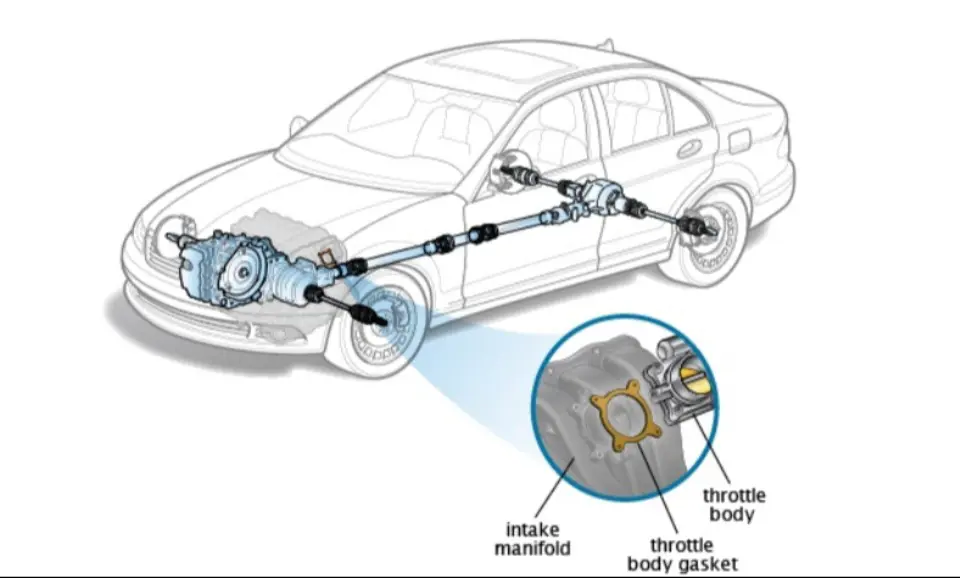
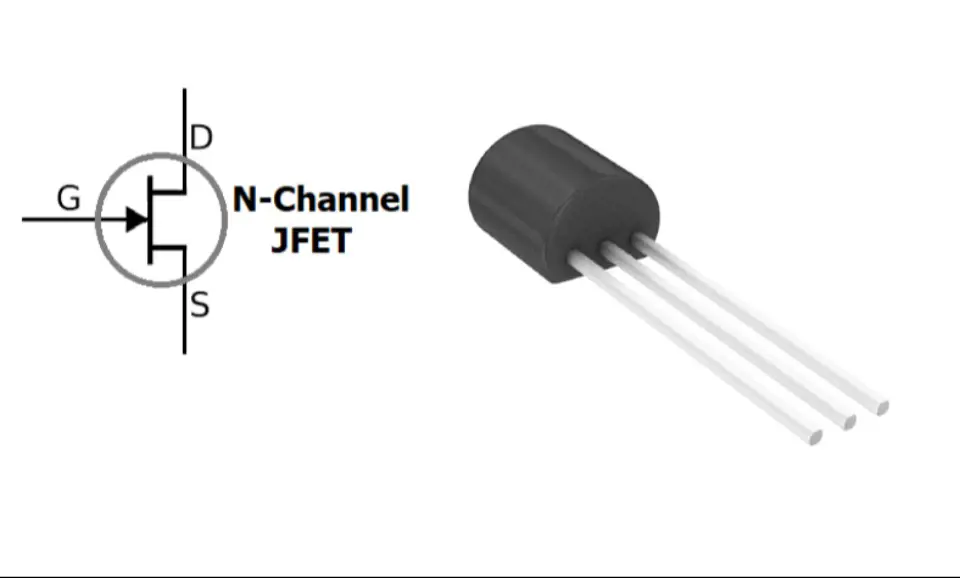
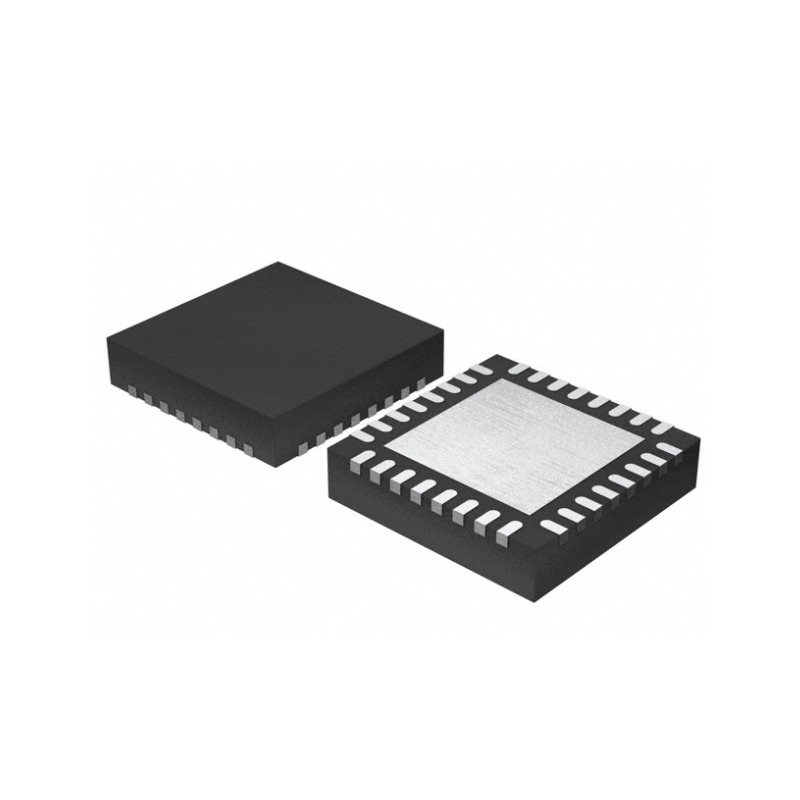
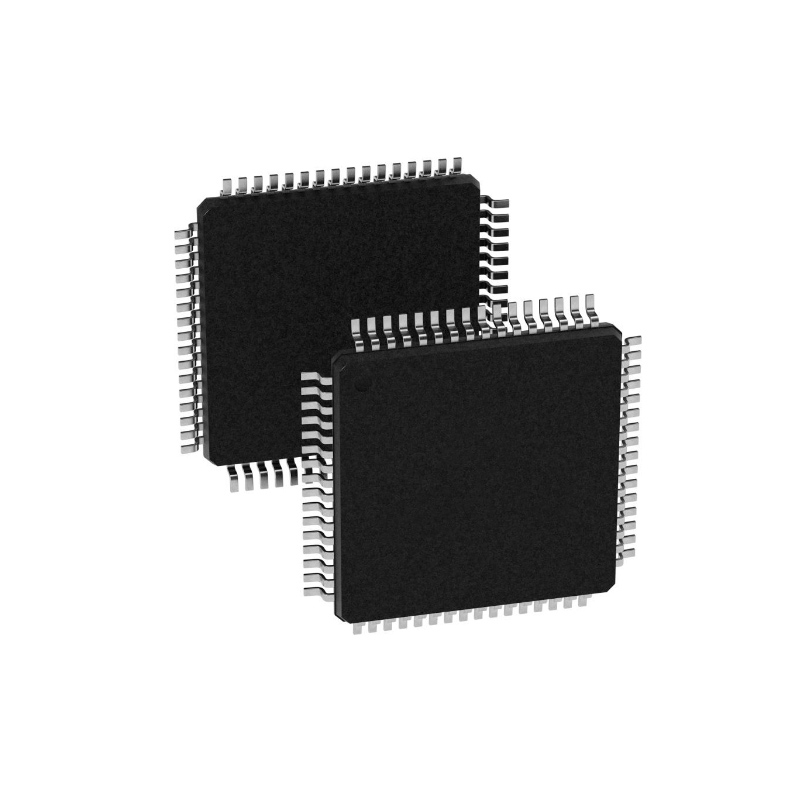
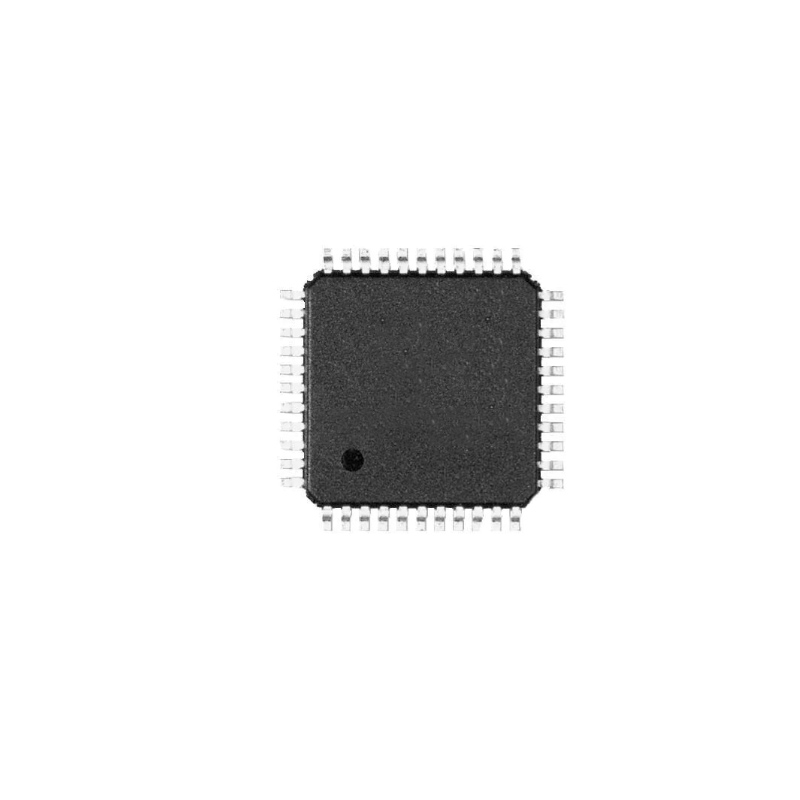
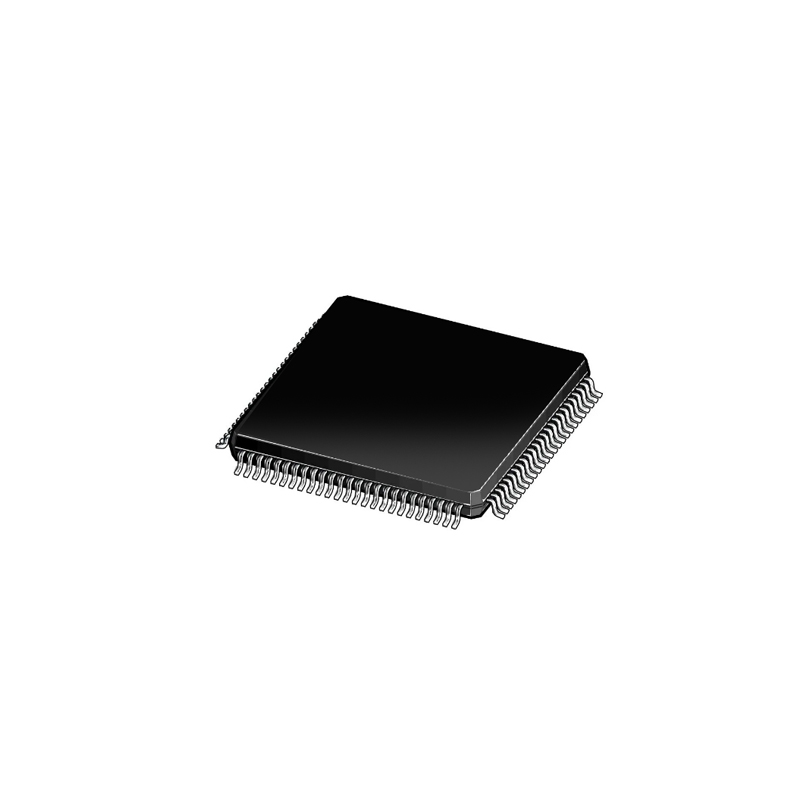
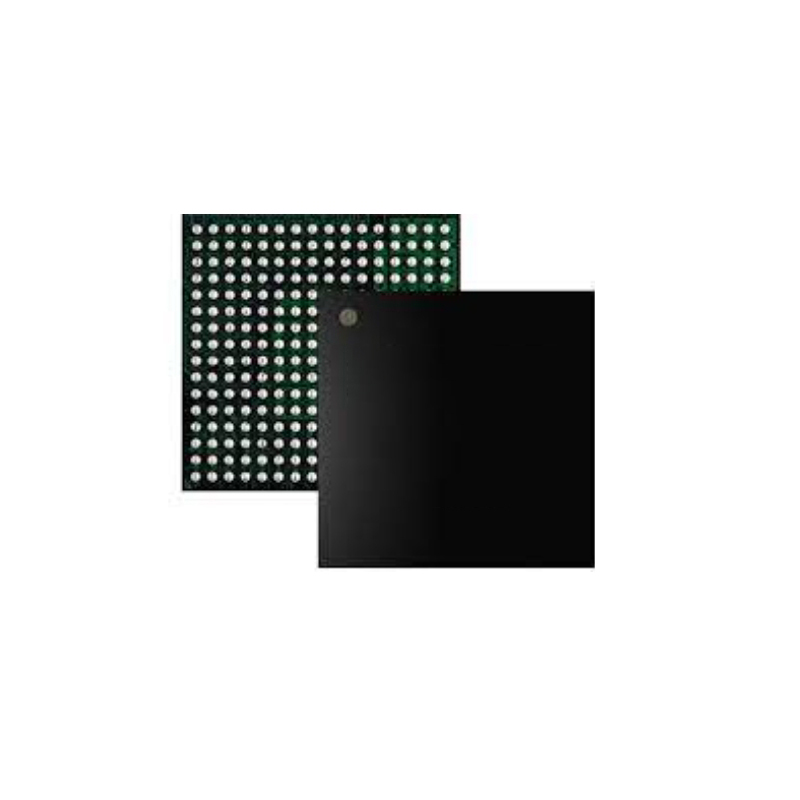
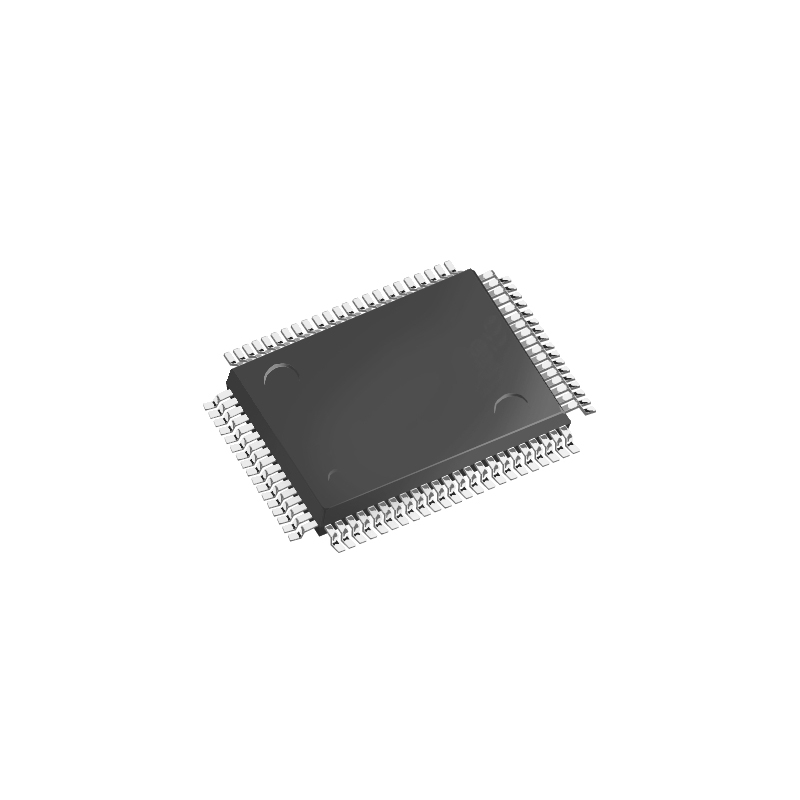
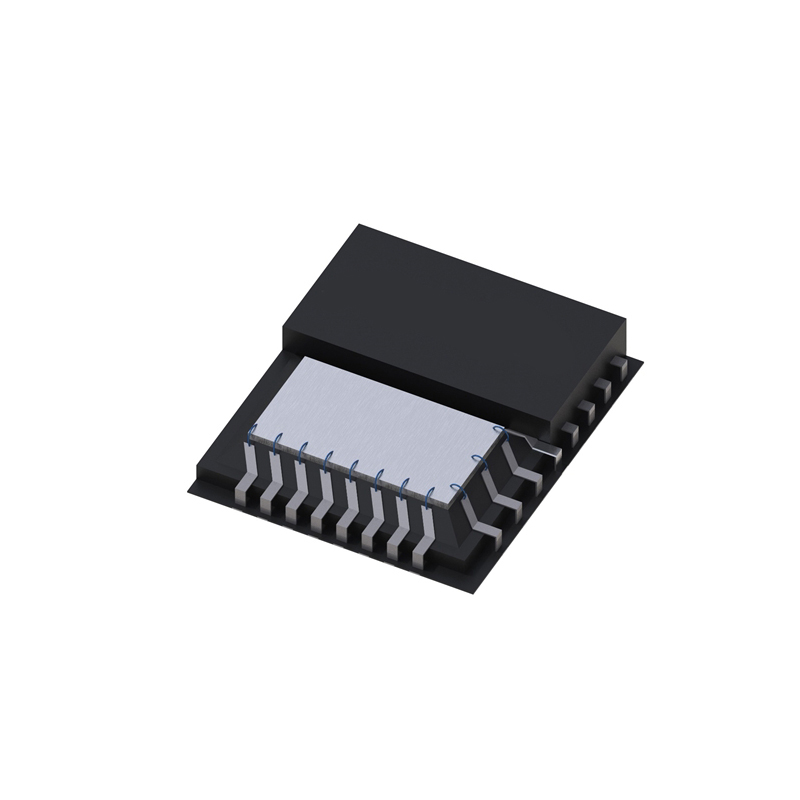
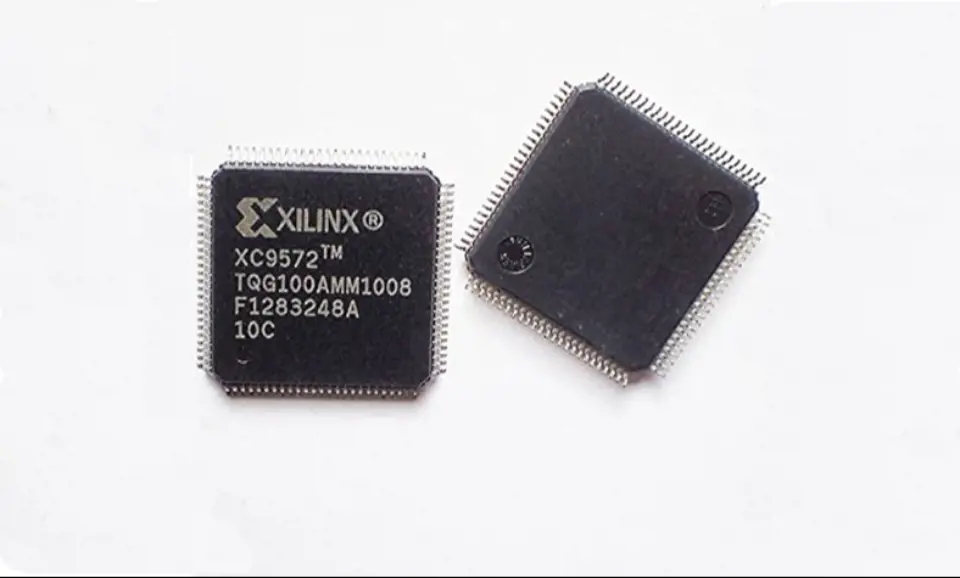
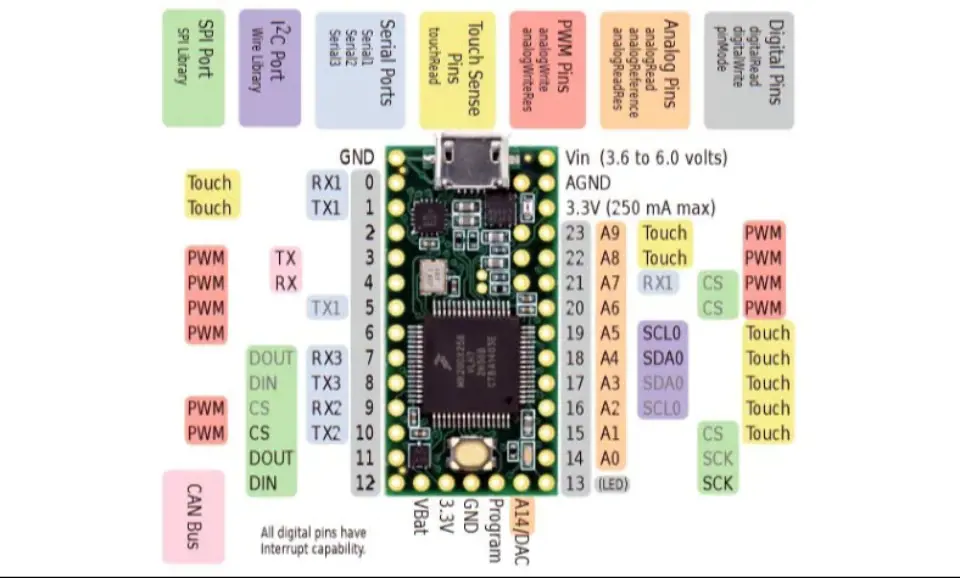
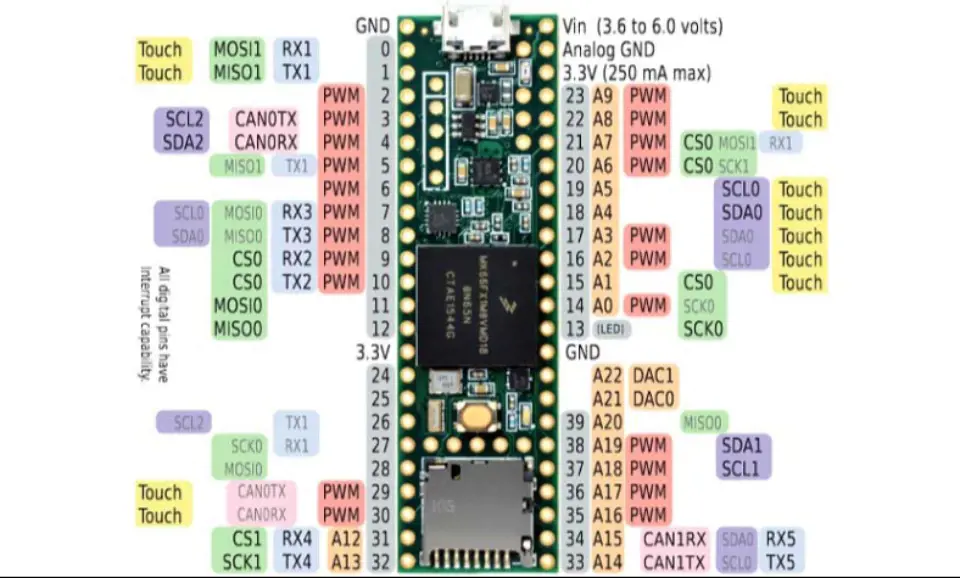
Still, need help? Contact Us: [email protected]